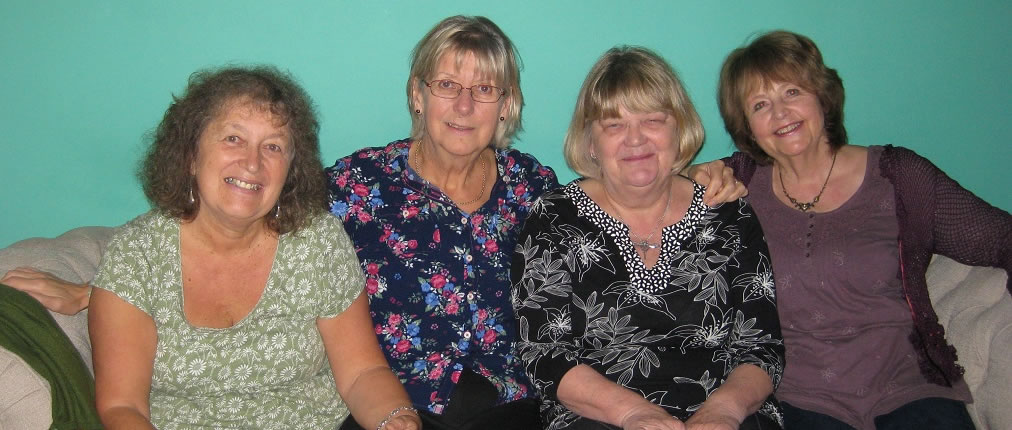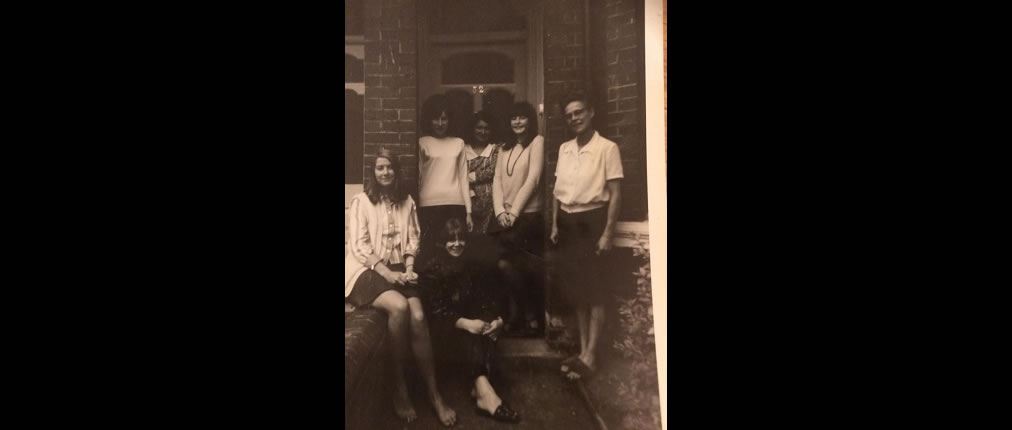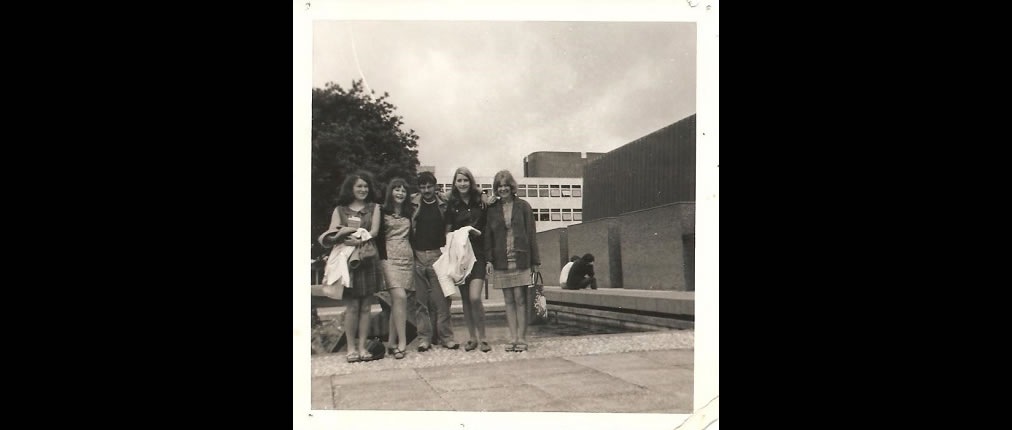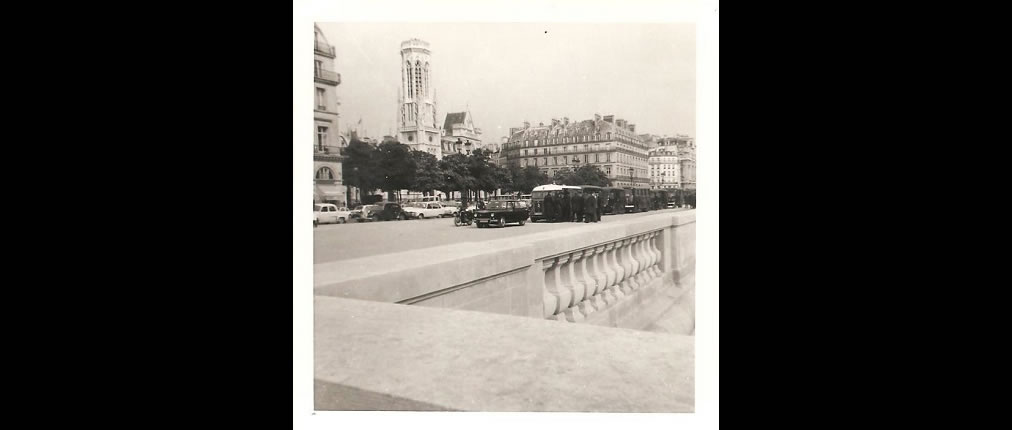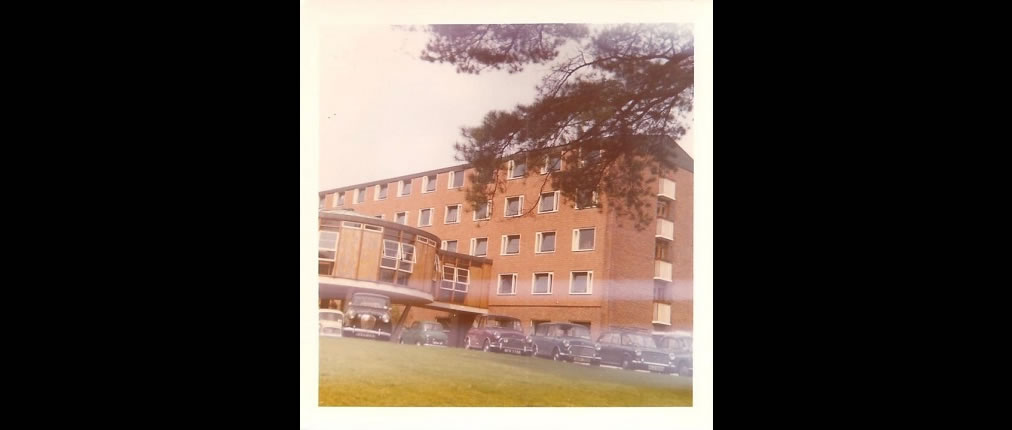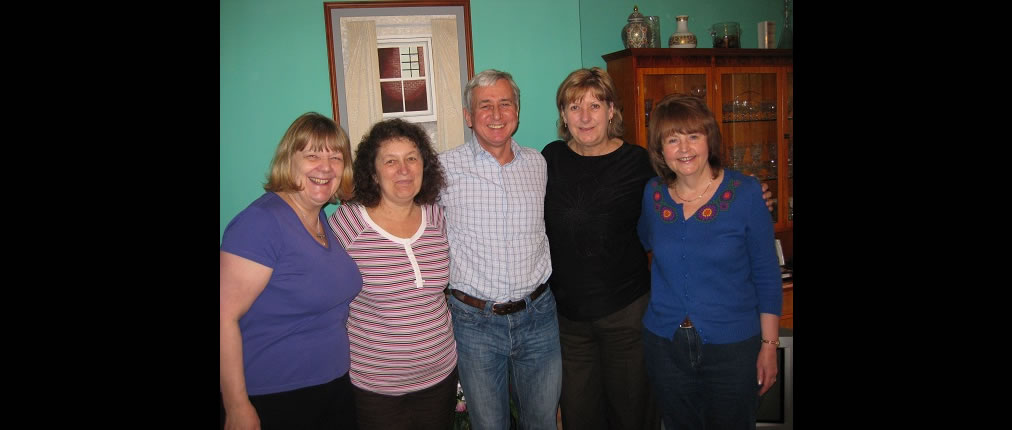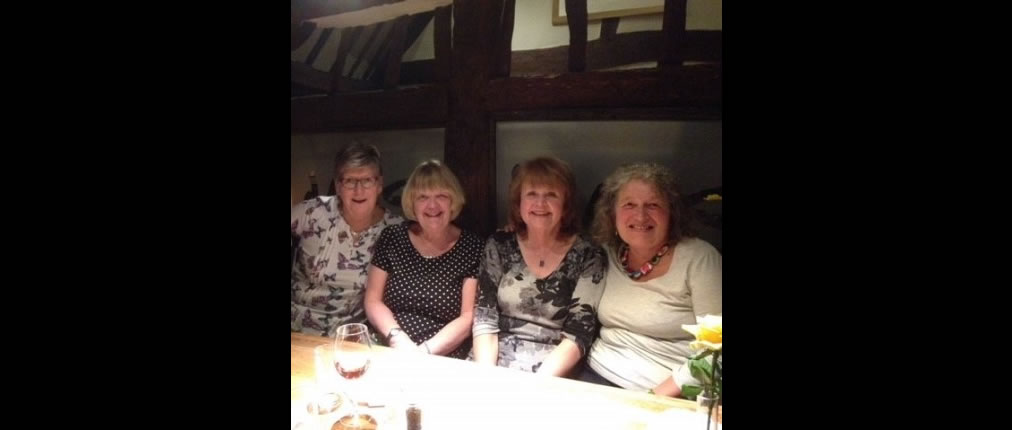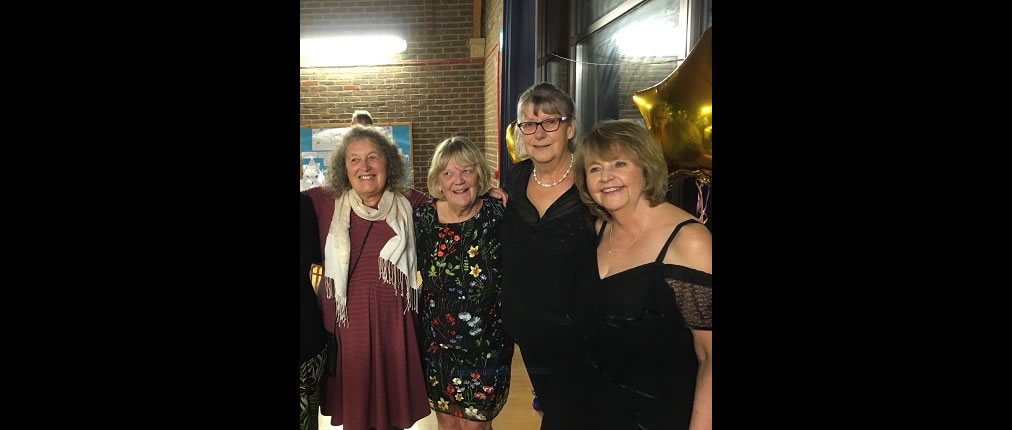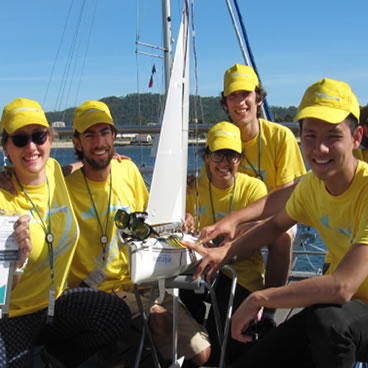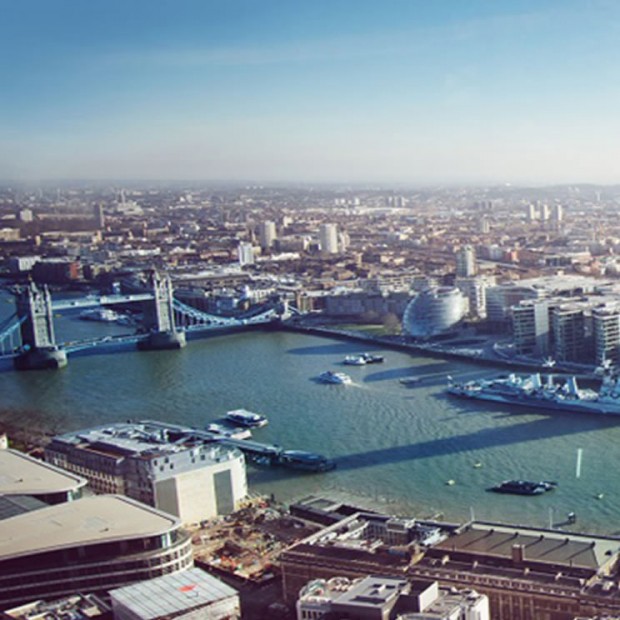Hartley News Online Your alumni and supporter magazine
They say the friends you make at university are the friends you make for life, and the University of Southampton has nurtured countless enduring bonds over the years.
Southampton Connects explores the story and secret of the lifelong friendship of four women who were placed together by serendipity more than half a century ago and remain as close as ever to this day.
Diana Charles (née Cornish; BA History, 1970), Hilary Swann (née Dent; BA German, 1970), Pamela Ball (née Crompton; BA French and Latin, 1970), and Vivien Goddard (née Tunley; BA German, 1970) had come from different parts of the country and were all the first in their families to attend university.
“We’ve been firm friends since we met in October 1967 when we arrived in Southampton as 18 year olds,” says Hilary. “We ended up in rather dire lodgings in Harborough Road, The Polygon. When you make friends in adversity, you stay friends for life.”
Early days
In the 1960s, choosing a university was based entirely on a perusal of the printed prospectuses – there were no open days – and an order of preference had to be given. Hilary explains that a map of Britain was also useful in making a decision: “At the time, I loved to travel, and the idea of studying in Southampton appealed. It was a big port where the Queen Mary docked, and there were cross-channel ferries as well as a lot of merchant shipping.”
Upon arrival in Southampton, the friends found that the living conditions in which they had been placed were far from ideal. “Our lodgings in the first year were very spartan, looking back,” comments Pamela. With shared bedrooms and only one bathroom, the house was also extremely cold and had no upstairs heating.
“Our landlady took the rules, which existed at that time for students in digs, very seriously,” explains Viven. “For example, if you were not home at night by 11pm and she was aware of it, you got a lecture at breakfast time.” No visitors were allowed, and it was forbidden to answer the front door; residents were only allowed one bath a week, and were strongly encouraged to leave the house on Saturdays.
As the landlady had taken the entire year’s rent in advance, there was no chance of moving out early. But with a little creativity, the group managed to throw their only social event at the house – a pyjama party – arranged secretly by inviting the landlady’s daughter.
Second and third years
Although the group no longer shared accommodation during their second year, their friendship was unaffected. Diana says: “We remained close, went to parties together, went to one another’s homes in the holidays, and went on holiday together or in pairs.”
In contrast to today, the University tried to place students in halls for their final year to aid their study. The result was that three of the four friends had adjacent rooms in Glen Eyre, which ‘seemed like a luxury hotel in comparison’ to their previous accommodation.
Vivien, meanwhile, was placed in Montefiore, which she humorously describes: “Men lived in the right-hand wing, as you face the building, and women in the left. The porter sat between the two, and woe betide you if you were caught in the wrong half after 11pm.”
When it came to studying, the lecture groups were generally so small that nobody was brave enough to skip classes. On the flip side, however, this meant that the girls got to know their lecturers and tutors well enough to invite them to their parties. Hilary also recalls being told an interesting fact at the time about the campus: reflecting Southampton’s maritime history, the University’s buildings had been designed to resemble ships.
Scroll through the gallery below to see photographs spanning the lifelong friendship:
Special memories
The friends’ time at the University provided them with a wealth of special memories. The Nuffield Theatre, for instance, engendered a lifelong love of the dramatic arts; by volunteering as ushers, they were able to watch many plays for free. In her final year, Vivien even performed with the University in a German production of Bertolt Brecht’s The Good Person of Szechwan (albeit unfortunately not at the Nuffield).
“Managing my own money for the first time was also a novelty,” comments Hilary. “We all had nearly 100 per cent maintenance grants, which meant we only had to work during the vacations, and we did not pay tuition fees. The local council even helped us with travel costs, although we usually hitchhiked everywhere.”
The group took a trip to Paris in May 1968, during what turned out to be a volatile period of civil unrest throughout France. Vivien recalls: “There had been student riots, and when we arrived, we saw that the statues in the Jardin des Tuileries had been painted red, and many cars in the Boulevard Saint-Michel had been torched.” After hitching lifts back to the coast, they were lucky enough to catch one of the last ferries back to England before a two-week general strike.
Diana summarises her recollections of the three years: “Generally, the pleasure of independence, new experiences, expanding horizons, getting to know a new place, and of making friends.” Vivien can also thank the University for another important connection; it was on her course that she met her future husband, Alan Goddard (BA German, 1970).
After Southampton
Since leaving the University, the friends have gone on to lead interesting lives with diverse careers. All four began, however, by entering the profession of teaching: Diana as a history and English teacher – later going into education social work and adult education – and Pamela at primary school level.
Hilary and Vivien weren’t so enthused by education, though. After commencing her PGCE, Hilary decided instead to join the civil service, later taking on a variety of roles at a university. Vivien, meanwhile, taught English in Germany for a year with Alan, but retrained as a solicitor soon afterwards.
Pamela acknowledges the value of her education at the University: “While there is no direct connection between my degree and my profession, I do believe that my degree trained me to analyse, assess, think creatively, inspire (hopefully!) and make reasoned judgements – all skills needed in teaching and in life.”
The friends are now all retired and spread across England in London, Leeds, Sheffield, and Hertfordshire. Commenting on her relocation, Diana says: “Having spent my first 25 years very happily in the south, I’m now a dedicated, honorary northerner – and Sheffield Wednesday season ticket holder (although I look out for Southampton’s results each week).”
Pamela heads back to the University on a regular basis to attend the biennial reunions of the Classical Society (of which she was the Vice-President during her final year). Describing developments on campus, she remarks: “The proliferation of new buildings is very dramatic and necessary as universities have expanded a lot. It made it difficult to remember where things used to be. The landscaping in between remains very pleasant.”
Nowadays, the group tries to meet up at least once a year for a few days, often including a trip to the theatre or an exhibition. For their 50th anniversary in 2017, for example, they headed to Stratford-upon-Avon to see Twelfth Night.
Hilary reflects on the longevity of their friendship:
We were very young when we met, and I think that the friends you make when you are young are the ones you stay friends with for life. As the years have passed, we have had our whole lives in common: marriage, divorce, children, grandchildren, bereavement. Our friendship is based upon respect for each other’s qualities and a strong desire to be there for each other.
Do you have any interesting stories to share about your time at the University and life afterwards? Send us an email at connects@southampton.ac.uk
